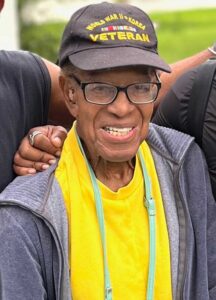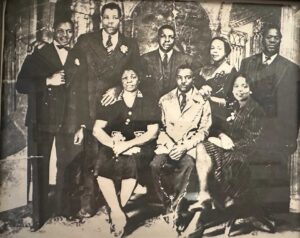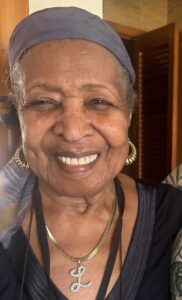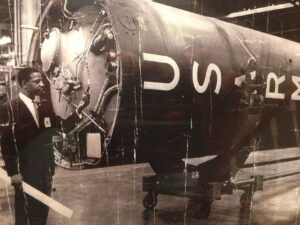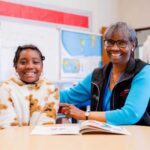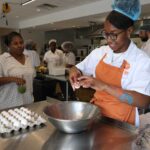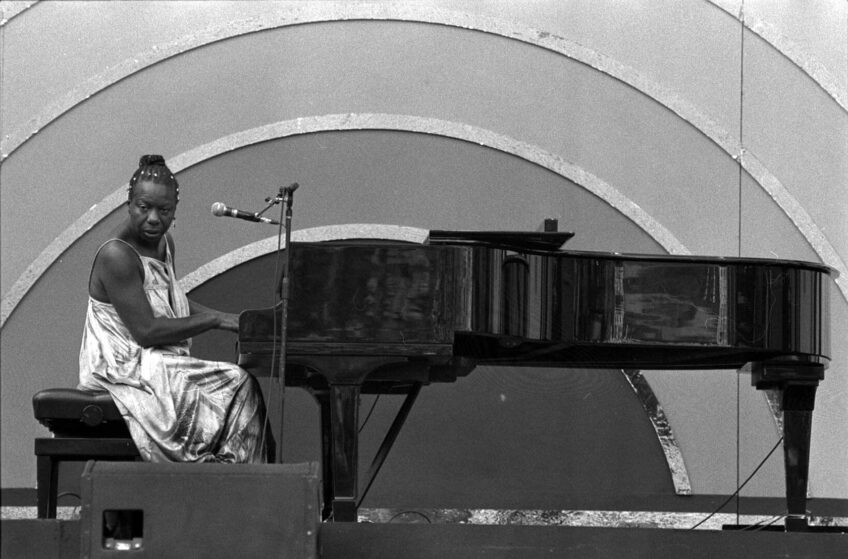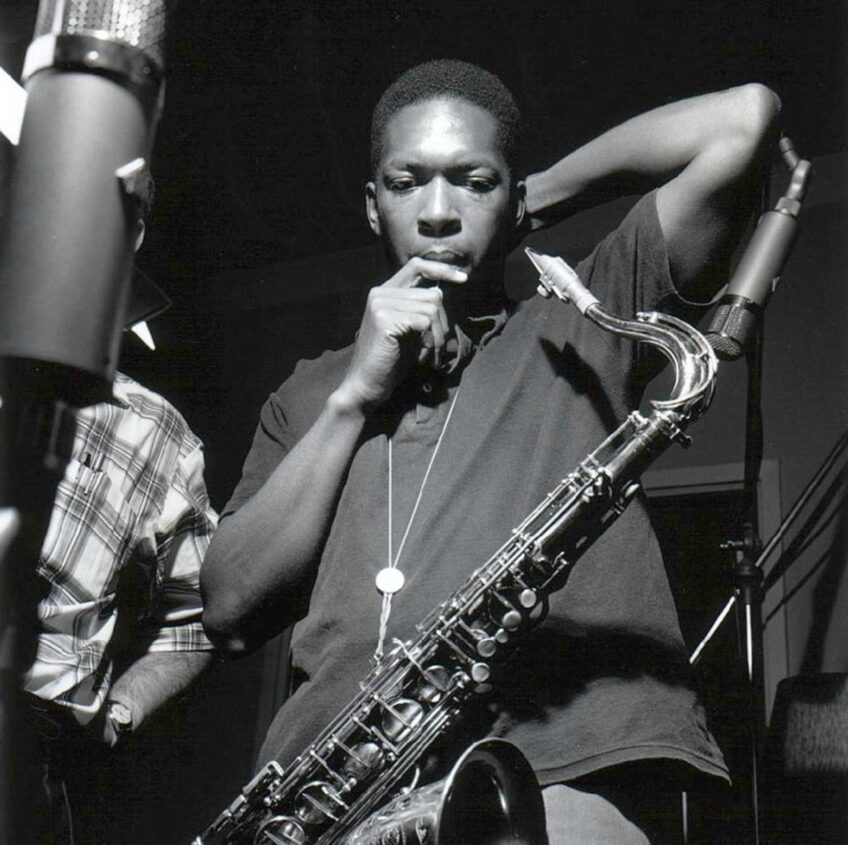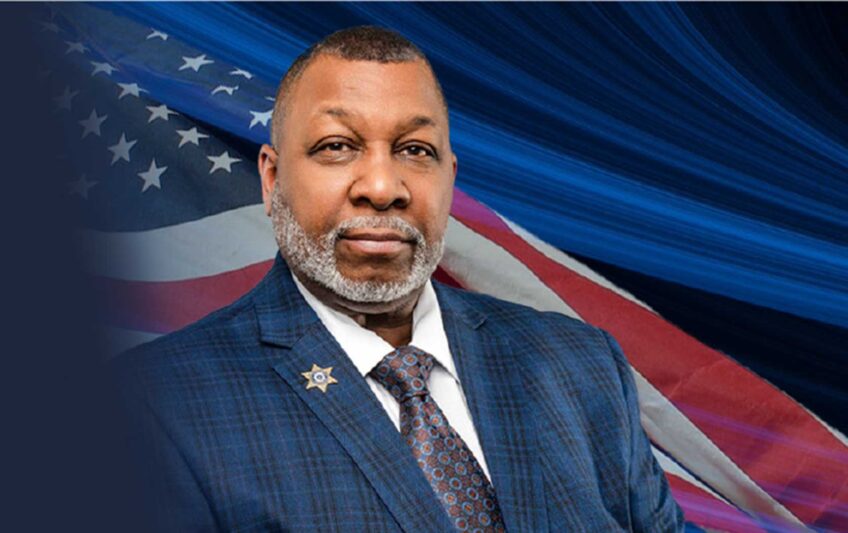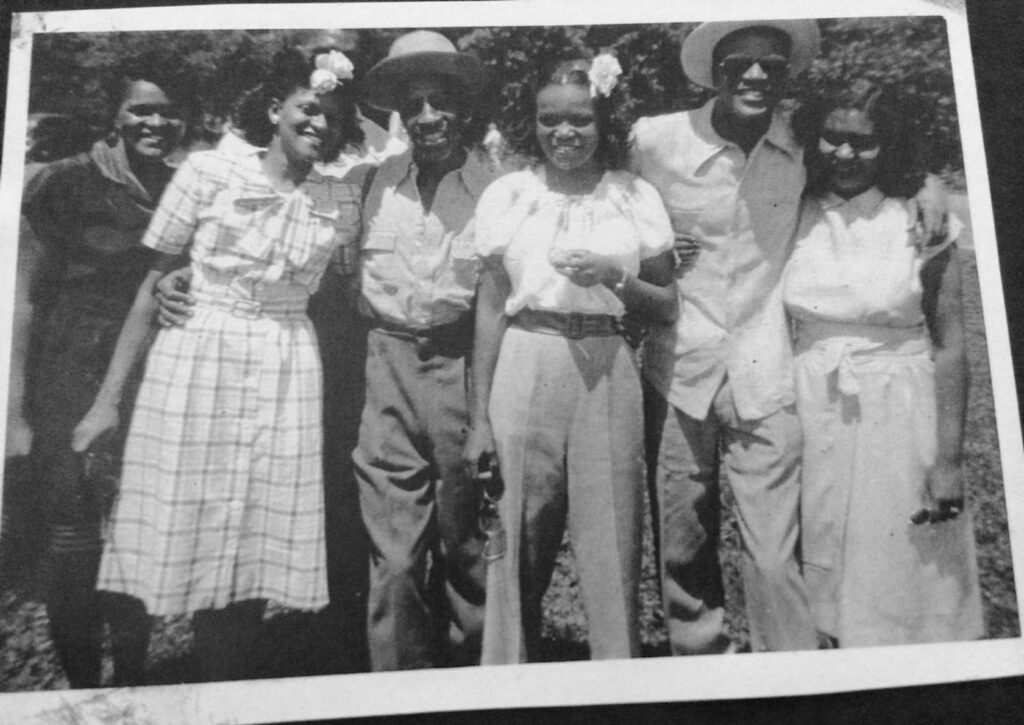
The Jazz Urbane Cultural Commentary
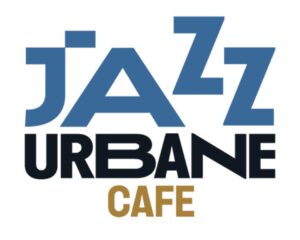 “Son, you have to take time to listen.” I remember my dad’s wise words this year, just after he turned 100 years old. They marked me.
“Son, you have to take time to listen.” I remember my dad’s wise words this year, just after he turned 100 years old. They marked me.
We want to think about our linkages in culture, our rituals and how we are always needing to remember our heritage. If we learn to value these narratives, they may bring us to who we are and who we are becoming.
My dad is a part of an older group of Americans who entered the early decades of the 20th century struggling with how they, as newly placed Americans from the deep South, were going to plant themselves, raise families and work toward realizing their American dreams.
The O’Neals are a part of that powerful exodus. During the 1890s and continuing through the early years of the 20th century, hundreds of thousands of Black Americans moved from the South to the promise of better lives in the North. These same linkages, in time, became the lessons on the power of living through time, but encountering the presence of truth through time. As my great aunts explained, once the O’Neals all landed from Dublin, Georgia, they relocated to Detroit, Michigan, finding work and beginning to make a way in their new home.
I remember my grandmother, as a child, telling me of her mother, Essie, a Native American Blackfoot Indian, from Georgia. She told me as a child how my father didn’t understand this part of his culture. It was beyond him.
My dad is the grandson of the slave, Moses O’Neal. My grandmother, Carrie O’Neal, the daughter of Moses, told me, we were Blackfeet Indians from her mother, Essie O’Neal, who married Moses in the 1860s. They had nine children. My grandmother was the eldest of the sisters born in 1890s. My dad was born in 1924. I never forgot my grandmother sharing our culture and history. Those are invaluable to me now.
Rituals, time and wisdom
Culture and rituals
When we have spoken in these past pieces on the Black song, the rituals of the Black church, the Jump Blues, “Taking the A Train”, James Brown’s scream to funk on “Say it Loud, I’m Black and I’m Proud.” You hear the call, the scream, the shout and the dance in that ritual stream of story, social saga, triumph, trial and assurance of what it means to know, as Nina Simone sang, “You are young, gifted and Black … and that’s a fact with your soul intact.”
All this is a part of cultural curation which today we forget. Our Sankofa realization, that our past meets our present as our most powerful delivery to our future, is embedded in the very cultural codes that have defined Black lives since our exodus out of Africa.
The very popular show, “Finding Your Roots with Henry Louis Gates Jr.,” has become the stable PBS show examining the family genealogy tracing the DNA and family tales of very well-known celebrities. It makes us all a little more curious about who we would be if we knew the truths of our great heritages, tied to a grandmother’s love and wisdom along with our stories about how we all got here. It’s a narrative worth our explanation.
Black Feet
In “Grandma was right! The Blackfoot Indians historical documentation,” writer Ishmael Bey taught us that Cherokees and some of the ancestors of the Creeks had a long history of interaction in the North Georgia Mountains. Bey wrote that, “Both had ancestors who built impressive mounds throughout Georgia. With the arrival of Spanish explorers and Old World diseases, the chiefdoms collapsed, and remnant populations coalesced into new political entities, such as the Cherokees and Creeks. North Georgia subsequently served as a dynamic borderland between the two groups after the arrival of the British in the Southeast.”
It is widely held that Blackfoot Cherokee Indians had Black American ancestry, due to the adoption of escaped slaves into their society.
The interaction of these two cultural lineages have fascinated Black people in America and energizes the questions around the very diverse make up of our American culture.
Historically, it is reported that Blackfoot believed that everything in nature had a spirit, including the Sun. I love that the most important Blackfoot ritual is the Sun Dance and it is ten days long of praying, dancing, singing, and offering medicine bundles. Black Americans have similar rituals.
The Emancipation Proclamation was issued by President Abraham Lincoln and became official on January 1, 1863, declaring the more than three million enslaved people of Confederate states were free. Yet, it would take two and a half years for the order to reach Texas, where the announcement was read by Union soldiers led by Major General Gordon Granger in Galveston on June 19, 1865.
“The people of Texas are informed that in accordance with a Proclamation from the President, Executive of the United States, all slaves are free. This involves an absolute equality of rights and rights of property between former masters and slaves, and the connection heretofore existing between them becomes that between employer and hired laborer.”
It was reported that the newly freed people began to celebrate with prayer, feasting, song and dance.
In my mind, as a spiritually led and impassioned artist, the four ways these folks lifted freedom and equality in their own lives was:
1. celebrating with prayer and thanks
2. feasting with food
3. song
4. dance
The Blackfoot also recognize natural power, supernatural power and spiritual power.
In the African tradition of spirit-led communal connection, conversations accompanied with music, song and dance, typifies and actionizes rituals with heart, soul and meaning, which is salvific and transformative.
Late in life, my father, at the age of 60 plus, experienced a bit of a transformation of his identity. In his neighborhood of Farmington, a suburb of his native Detroit, he encountered a group of young people at a local store. A young man approached my father and said, “Excuse me Sir, are you Blackfoot Indian?”
The class had been studying the history of Native American culture and the class assignment was to explore the lessons and learn about the history of these powerful people.
My father had been growing a ponytail to prove he was cool to his sons in the 1980s. Little did he realize that his chance dabble with fashion fantasy would reveal the truths embedded in his mother’s long hoped for realization from her son about the truth of his true American heritage.
From that point on my father said, “We are Black American Indians.”
The movie “Hidden Figures” portrayed the Black female aeronautical engineers in the 1950s. My father was one of the first Black rocket engineers for the country, working right after the war there in Dallas. He graduated top of the class in 1942 from Cass Tech. High school from the Dept. of Engineering and Aeronautical Design. Drafted in 1943, he was stationed in the South Pacific, returned, and was hired by Chrysler Missile Plant in 1956 until he retired as a lead senior level design engineer into 1980s.
He married his high school sweetheart Anna Lou Tucker in 1946. Soon, three sons were born,Douglas Duvaughn, Bruce Carlton, 1951, William Cedric, two grandchildren, four great grandchildren today who make up this one the Afro Indian O’Neal family.
A devoted deacon at Second Baptist Church of Detroit, for over 25 years, a world traveler, photographer, he spent his time taking care of his family, being a community leader and representing the Chrysler Corporation until retirement in Ocala, Florida.
Henry Louis Gates Jr. entered him in the Oxford, African American biography under noted engineers, scientists, and medical professionals.
Meeting our truths
The words clarity, calling, trust, empathy, alignment of our lives … meeting truth at your every door, is what comes to mind in our own attempts to wrestle with our always becoming. Preservation and walking the long roads of wisdom gain a better sense of our well-being. What is the promised land of our lives have to do with the lessons we learn from wisdom, rituals and the true tried trials of learning from a life well lived. And, whether we like it or not, life is the writer of the narrative gained from walking the efforts of the work to move towards the best.
Development of our fuller character allows us to step up in the best ways whenever we are shut down. That’s why I appreciated now those words of wisdom from my dad.
Having always heard the stories of my grandmother and her Native American mother Essie, gave me a mystery about my heritage. It may be what runs in my family heartbeat of song, ritual and meaning. This may be our truth that we arrive at. Family character and values run deep in ritual, story and wisdom. We get to come to if we listen to where life leads us through to our treasures. I’m trying hard to take the time to learn to listen.

